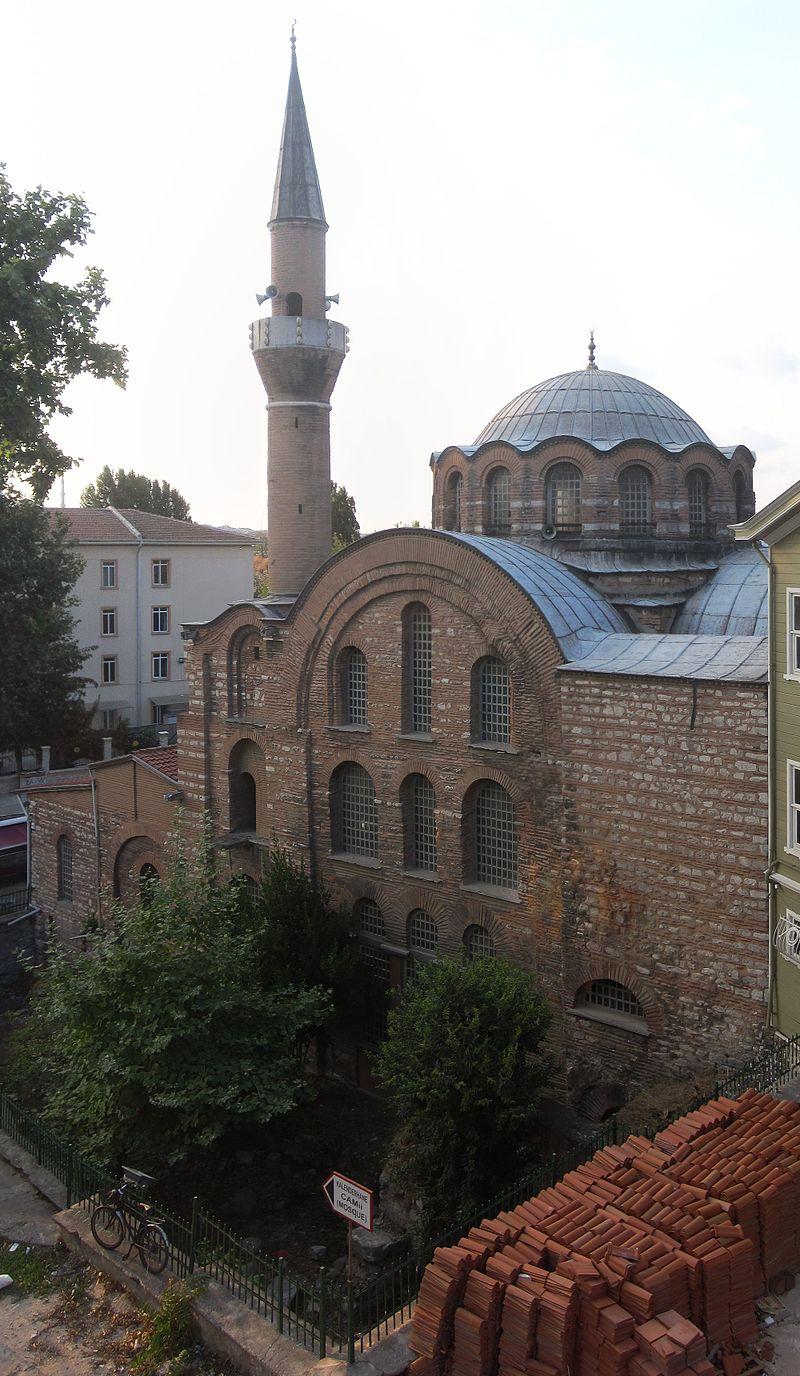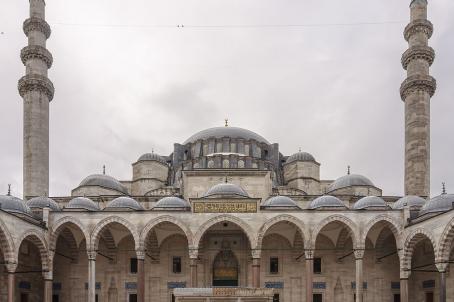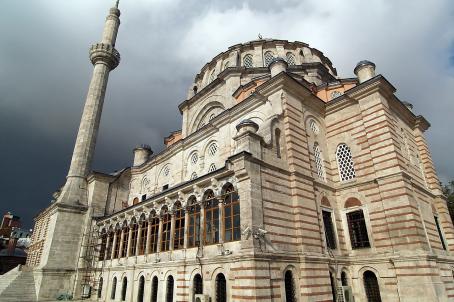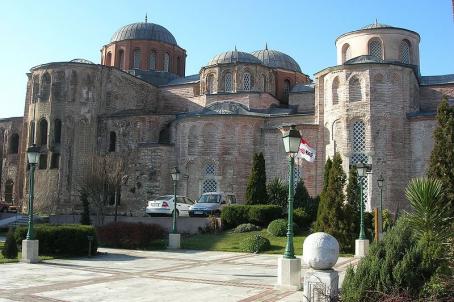Church of Theotokos Kyriotissa
Church of Theotokos Kyriotissa is a former Eastern Orthodox church in Istanbul, converted into a mosque by the Ottomans -Kalenderhane Mosque. With high probability the church was originally dedicated to the Theotokos Kyriotissa. This building represents one among the few extant examples of a Byzantine church with domed Greek cross plan.
About this building
By the sixth-century hall church with an apse laying up against the Aqueduct of Valens. Later in the seventh century a much larger church was built to the south of the first church. A third church, which reused the sanctuary and the apse (later destroyed by the Ottomans) of the second one, can be dated to the end of the twelfth century, during the late Comnenian period. After the conquest of Constantinople in 1453, the church was assigned personally by Mehmed II to the Kalenderi sect of the Dervish. In 1746, Hacı Beşir Ağa (d. 1747), built a mihrab, minbar and mahfil, completing the conversion of the building into a mosque. The building has a central Greek Cross plan with deep barrel vaults over the arms, and is surmounted by a dome with 16 ribs. The structure has a typically middle Byzantine brickwork with alternating layers of brick and stone masonry.






